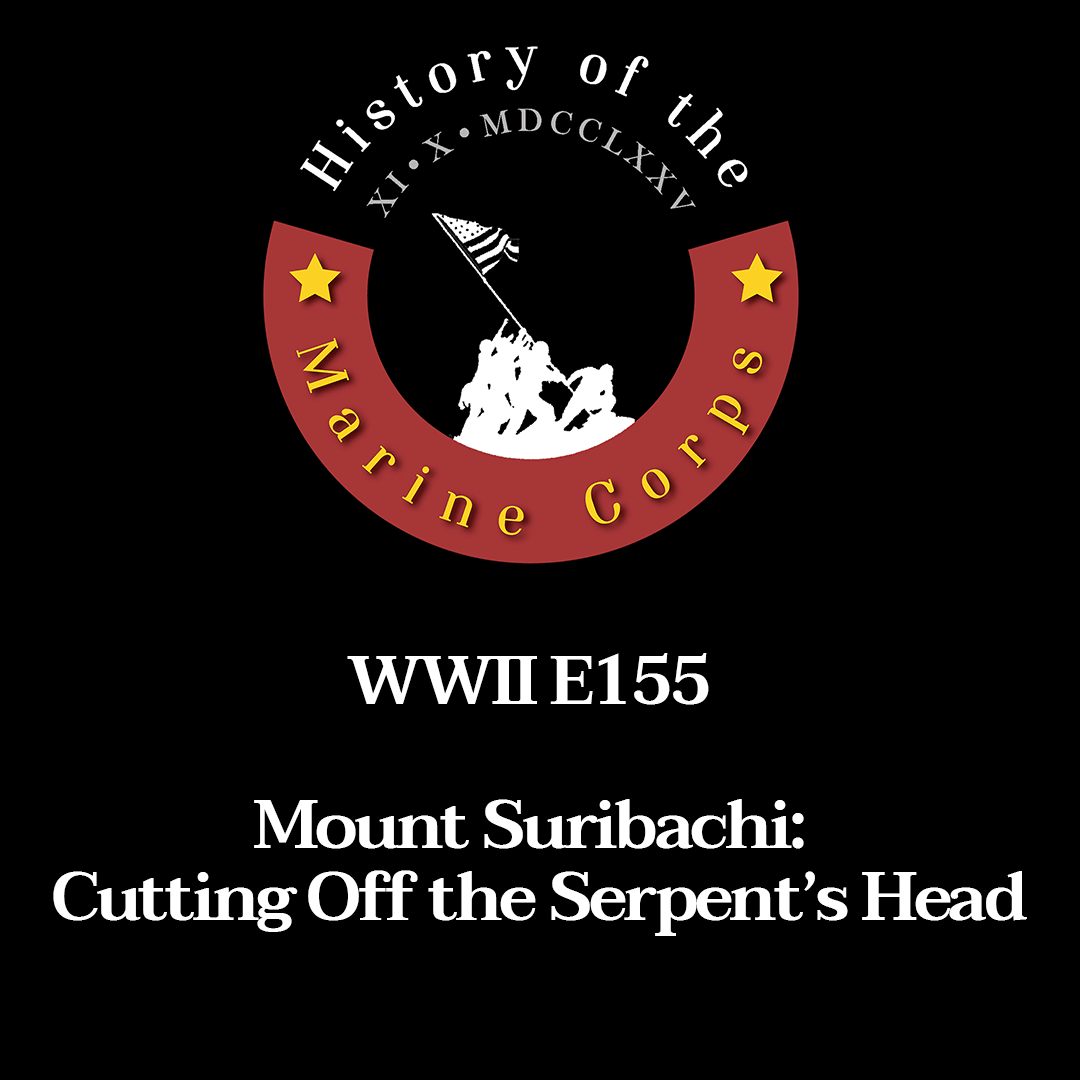

250 Years of U.S. Marines (Copy)
Born in a Philadelphia tavern at the height of the Revolution, the Marine Corps began as America’s first seaborne fighting force. This episode traces that origin.
Out of the smoke and uncertainty of rebellion, Samuel Nicholas gathered the first Marines from the city’s streets. They were craftsmen, sailors, and laborers who became the sharp edge of a new nation. They launched their first assault in the Bahamas, fought beside Washington on the Delaware, and held fast through both triumph and disaster.
From frozen rivers at Trenton to burning ships at Penobscot, Chapter 1 follows the Continental Marines. They were poorly equipped and often outnumbered, but they fought across every front of the Revolution and forged the traits that would define the Corps.

250 Years of U.S. Marines
Born in a Philadelphia tavern at the height of the Revolution, the Marine Corps began as America’s first seaborne fighting force. This episode traces that origin.
Out of the smoke and uncertainty of rebellion, Samuel Nicholas gathered the first Marines from the city’s streets. They were craftsmen, sailors, and laborers who became the sharp edge of a new nation. They launched their first assault in the Bahamas, fought beside Washington on the Delaware, and held fast through both triumph and disaster.
From frozen rivers at Trenton to burning ships at Penobscot, Chapter 1 follows the Continental Marines. They were poorly equipped and often outnumbered, but they fought across every front of the Revolution and forged the traits that would define the Corps.

WWII E162 - The Silent Warriors: Marines' Unseen Role During WWII
In the spring of 1945, the Battle of Okinawa became the bloodiest fight of the Pacific War. What was meant to be the final step toward Japan turned into a storm of mud, coral, and fire that tested every limit of courage and endurance.
This episode follows the Marines through the final weeks of the campaign. It is a story of bravery and exhaustion, of shattered armies and civilians trapped between them, of generals who chose death over surrender, and of the staggering…

WWII E161 - The Final Weeks on Okinawa: From Shuri to the Sea
In the spring of 1945, the Battle of Okinawa became the bloodiest fight of the Pacific War. What was meant to be the final step toward Japan turned into a storm of mud, coral, and fire that tested every limit of courage and endurance.
This episode follows the Marines through the final weeks of the campaign. It is a story of bravery and exhaustion, of shattered armies and civilians trapped between them, of generals who chose death over surrender, and of the staggering…

WWII E160 - Breaking the Backbone of Shuri
By May 1945, Okinawa had become a war of exhaustion. The island’s southern ridges, scarred by months of bombardment, hid Japan’s last and strongest defensive line. When the Tenth Army resumed its drive on 11 May, the Marines faced terrain as deadly as any in the Pacific.
To the east, the 1st Marine Division attacked into Wana Draw, a maze of ravines and caves leading toward…

WWII E159 - Into the Silence of Okinawa
This episode begins with the thunder of Easter Sunday, 1945, when Marines and soldiers of the U.S. Tenth Army hit the beaches of Okinawa. After weeks of naval bombardment, they expected hell on the sand. Instead, they found silence. The Japanese had pulled back, choosing to fight from caves and ridges deep inland.
That calm didn’t last. Within days…
The episode closes on L-Day, April 1, 1945, as four divisions landed across Hagushi beaches, beginning the climactic battle that would test Okinawa’s terrain, its people, and both armies to the limit.

WWII E158 - Okinawa: The Last Barrier
By 1945, Okinawa stood as the last barrier before the homeland, vital to both Japanese defense and American invasion plans. The Japanese abandoned beach defenses and instead transformed ridges, caves, and limestone plateaus into layered strongholds, preparing to bleed the invaders inland. The United States assembled the Tenth Army to launch the largest amphibious assault of the Pacific.
The episode closes on L-Day, April 1, 1945, as four divisions landed across Hagushi beaches, beginning the climactic battle that would test Okinawa’s terrain, its people, and both armies to the limit.

WWII E157 When Valor Became Common
The battle’s later weeks were a relentless grind through Iwo Jima’s strongest defenses. Marines battered the “Meat Grinder” of Hill 382, Turkey Knob, and the Amphitheater, where progress was measured in yards and companies were reduced to fragments. Caves, reverse-slope positions, and night counterattacks forced constant, costly use of tank–infantry teams, flamethrowers, and demolitions.
This episode will…

WWII E156 Into the Meat Grinder: The Fight for the Motoyama Plateau
While the photographs from Suribachi raced around the world, the Marines prepared for a new and even more punishing fight. Their next objective was the Motoyama Plateau. Three airfields surrounded by a citadel of pillboxes, bunkers, and caves woven together to bleed the invasion dry.
At the heart of this defensive belt lay three features: the heights of Hill 382, the blockhouse of Turkey Knob, and the bowl of the Amphitheater. Together, they formed the Meat Grinder.

WWII E155 Suribachi: Cutting Off the Serpent’s Head
No picture is more tied to Iwo Jima than the flag raising on Mount Suribachi. On February 23, 1945, Associated Press photographer Joe Rosenthal captured the moment when six Marines raised the Stars and Stripes over the rocky summit. It has been sculpted in bronze, carved into memory, and etched into the collective image of the Marine Corps. For many, Suribachi is Iwo Jima. The photo was only one moment. The 550-foot volcanic cone at the island’s south tip, towered…
